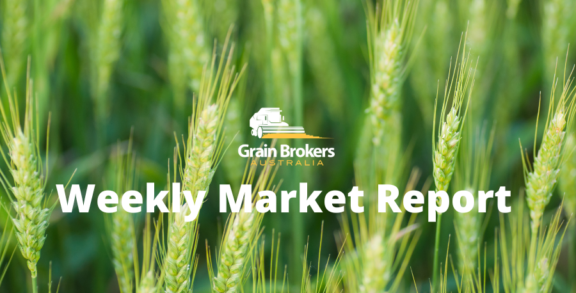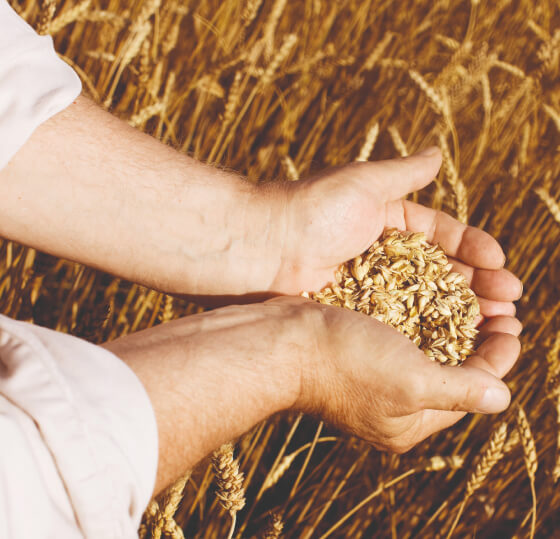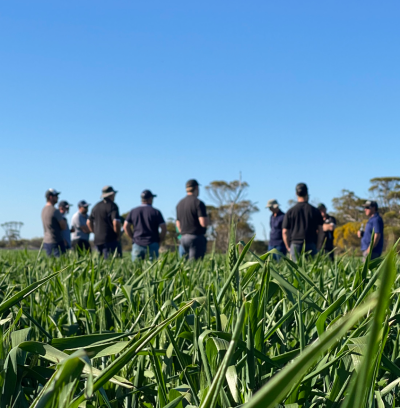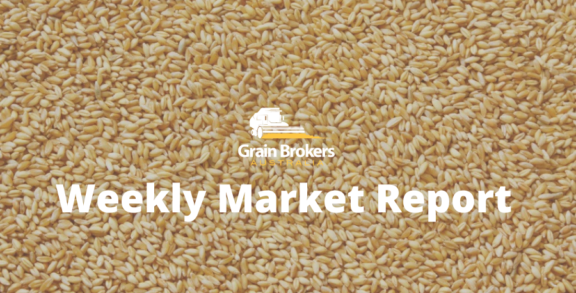
This season’s grain output in the People’s Republic of China appears to be on track for a new record as higher yields on top of an expanded planted area drive the nation’s production higher, maintaining the momentum in Beijing’s push to improved self-sufficiency.
According to China’s National Bureau of Statistics (NBS), production of corn, rice, and wheat, the three main agricultural commodities grown each season, all increased in the 2024/25 season compared to the previous harvest. Total production is expected to reach 706.5 million metric tonne, 1.6 per cent higher than the 695.4MMT produced in 2023/24. The total planted area of 119.3 million hectares increased by 0.3 per cent season-on-season, and the average yield across the three grains increased by 1.3 per cent to 5.92 metric tonne per hectare.
Corn commands the biggest area of the three grains each season, with output off the 44.7Mha harvested last year totalling a record 294.9MMT for an average yield across the irrigated and dryland crops of 6.59MT/ha. The planted area, average yield and total production increased by 1.1 per cent, 0.9 per cent and 2.1 per cent, respectively.
The adoption of higher yielding corn varieties is believed to be the primary reason for the production increase. However, many industry estimates suggest that the actual production number may be lower due to severe toxin issues in some regions, which meant isolated pockets were not worth harvesting. Furthermore, some of the grain may not be suitable for many intensive stockfeed rations, and some volume may have to be diverted to animal species that have greater tolerance for corn with toxins.
The United States Department of Agriculture’s Foreign Agricultural Service (FAS) is expecting corn for feed and residual use to increase by 12 per cent to 235MMT in the 2024/25 marketing year relative to 2023/24. This is on the back of depressed corn prices which fell to their lowest level in four years at the end of 2024 and are forecast to remain low for the balance of the marketing year. The proportion of corn in domestic stockfeed rations is forecast to rise, primarily at the expense of wheat, due to respective price relativities.
The lower corn prices and high mycotoxin contamination are believed to have encouraged increased corn use in the processing sector as well compared to previous years. FAS is reporting that corn processing plants were operating at 70 per cent capacity at the end of 2024, the highest late December utilisation rate for the past five years.
Nonetheless, Chinese corn import estimates for the 2024/25 marketing year continue to fall. The recent FAS update pegged them at 14MMT, while the USDA clipped another 1MMT off its estimate last month to currently sit at 13MMT, down from 23.4MT in 2023/24. International market commentator Argus is even more pessimistic at 7.2MMT, and some domestic analysts in China are reported to be lower again. According to FAS, China’s state-owned grain storage enterprise, Sinograin, has stopped auctions of imported corn from its inventories while increasing purchases and storage of domestically produced corn.
The second biggest of the major grains by both planted area and annual output is rice. The NBS data put 2024/25 production from last year’s harvest at 207.5MMT, 0.4 per cent higher than the previous season. This was reaped off a planted area of 29Mha, 0.3 per cent higher year-on-year, with an average yield of 7.15MT/ha, up from 7.14MT/ha in 2023/24.
Applying a processing yield of 70 per cent pegs China’s milled rice output in 2024/25 at 145.3MMT, up from 144.6MMT a season earlier. Add opening stocks of 103MMT and imports of 1.7MMT, takes total supply in the 2024/25 marketing year to 250MMT. FAS forecasts total domestic demand of 145MMT and marketing year exports of 1MMT, leaving a carryout 1MMT higher at 104MMT.
China is the world’s biggest wheat producer each year with the final output in 2024/25 expected to be a record 140.1MMT. This is 2.6 per cent, or 3.5MMT higher year-on-year after yields were boosted by a more favourable growing season. The planted area was unchanged at 23.6Mha, which puts the average yield at 5.94MT/ha, 2.8 per cent higher than the 5.78MT/ha average in 2023/24.
This season’s wheat quality was reportedly quite good relative to the previous harvest but supplies of better quality high protein wheat remain tight. A wet harvest in the south of Henan and north of Hubei provinces has reportedly led to some wheat toxin issues in the later harvested areas.
Wheat prices in China at the end of 2024 dropped to an average of around US$333 per metric tonne (AU$536/MT). However, prices in some regions have reportedly fallen below the minimum support price (MSP), which is presently set at US$328/MT (AU$528/MT). The guarantee program requires the government to buy wheat from farmers at the minimum price when the market price falls below the support level.
Although the MSP can only be applied between June 1 and September 30, local analysts do not expect wheat prices to decline further as Sinograin is reportedly prepared to procure as much as 10 MMT of wheat for state reserves at the slightly higher cost of US$347/MT (AU$558/MT).
According to FAS, domestic wheat demand for stockfeed rations and fodder is expected to fall by 4MMT to 33MMT. The higher wheat quality, low corn prices, and weaker overall demand are likely to limit the substitution of wheat into feed rations in MY2024/25. However, the toxin issues in new crop corn and falling corn imports may push the inclusion rate up again as the season progresses. An internal estimate from the China National Grains and Oils Information Centre (CNGOIC) put wheat inclusion in domestic stockfeed at only 20MMT, 46 per cent lower season-on-season.
On the wheat import front, FAS is currently sitting on 11MMT for the 2024/25 marketing year, down from 13.6MMT in 2023/24, and the official USDA number was decreased by 0.5MMT to 10.5MMT in the January global supply and demand update. The CNGOIC suggests the import task will be 41.2 per cent lower than the previous marketing year at just 8MMT due to the bigger domestic harvest and weak demand.
This season’s export pace out of Australia certainly supports the latter. The latest Australian Bureau of Statistics export data (to the end of November last year) reveals that less than 32,000 metric tonne had been shipped to China, all in containers, since July 1, compared to 1.65MMT for the same period in 2023. January also saw a spate of Australian bulk wheat sales to China either rolled out the curve, washed out and/or resold into alternate Asian homes, adding further credence to the pessimistic 2024/25 wheat demand outlook for China.
Call your local Grain Brokers Australia representative on 1300 946 544 to discuss your grain marketing needs.
Written by Peter McMeekin.





